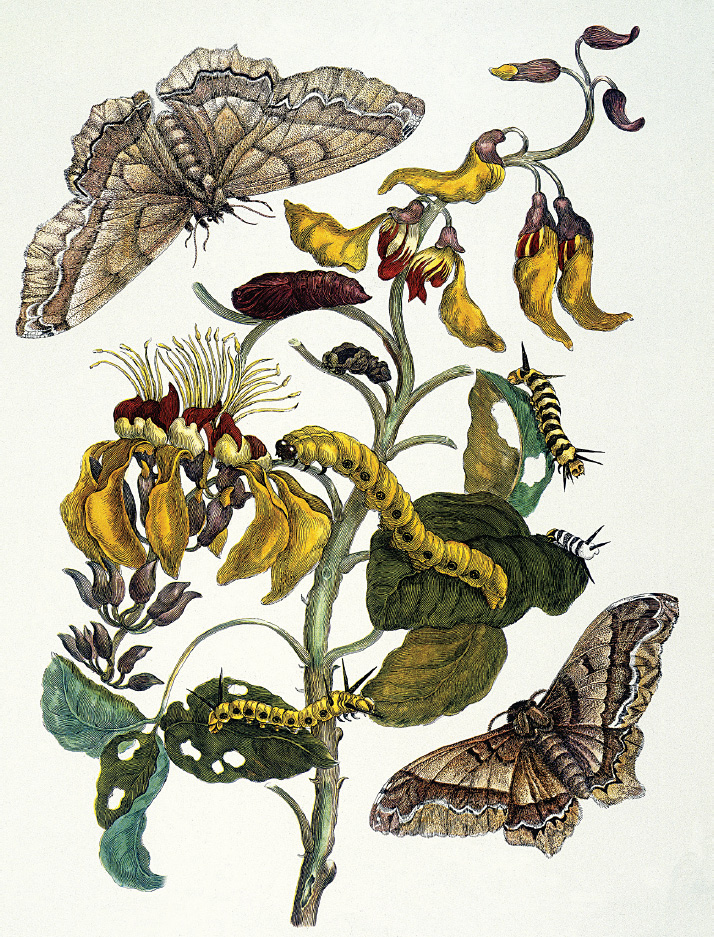A History of Western Society: Printed Page 514
A History of Western Society, Value Edition: Printed Page 528
Science and Society

The rise of modern science had many consequences, some of which are still unfolding. First, it went hand in hand with the rise of a new social group — the international scientific community. Members of this community were linked together by common interests and shared values as well as by journals and the learned scientific societies founded in many countries in the late seventeenth and eighteenth centuries. The personal success of scientists and scholars depended on making new discoveries, and science became competitive. Second, as governments intervened to support and sometimes direct research, the new scientific community became closely tied to the state and its agendas, a development strongly endorsed by Francis Bacon in England. In addition to England’s Royal Society, academies of science were created under state sponsorship in Paris in 1666, Berlin in 1700, and later across Europe. At the same time, scientists developed a critical attitude toward established authority that would inspire thinkers to question traditions in other domains as well.
It was long believed that the Scientific Revolution had little relationship to practical concerns and the life of the masses until the late-eighteenth-century Industrial Revolution. More recently, historians have emphasized the crossover between the work of artisans and the rise of science, particularly in the development of the experimental method. Many craftsmen developed strong interest in emerging scientific ideas and, in turn, the practice of science in the seventeenth century often relied on artisans’ expertise in making instruments and conducting precise experiments.
Some things did not change in the Scientific Revolution. Scholars have noted that nature was often depicted as a female, whose veil of secrecy needed to be stripped away and penetrated by male experts. New “rational” methods for approaching nature did not question traditional inequalities between the sexes — and may have worsened them in some ways. For example, the rise of universities and other professional institutions for science raised new barriers because most of these organizations did not accept women.
There were, however, a number of noteworthy exceptions. In Italy, universities and academies did offer posts to women, attracting some foreigners spurned at home. Women across Europe worked as makers of wax anatomical models and as botanical and zoological illustrators, like Maria Sibylla Merian. They were also very much involved in informal scientific communities, attending salons (see page 522), participating in scientific experiments, and writing learned treatises. Some female intellectuals became full-fledged members of the philosophical dialogue. In England, Margaret Cavendish, Anne Conway, and Mary Astell all contributed to debates about Descartes’s mind-body dualism, among other issues. Descartes himself conducted an intellectual correspondence with the princess Elizabeth of Bohemia, of whom he stated: “I attach more weight to her judgment than to those messieurs the Doctors, who take for a rule of truth the opinions of Aristotle rather than the evidence of reason.”6
By the time Louis XIV died in 1715, many of the scientific ideas that would eventually coalesce into a new worldview had been assembled. Yet Christian Europe was still strongly attached to its established political and social structures and its traditional spiritual beliefs. By 1775, however, a large portion of western Europe’s educated elite had embraced the new ideas. This was the work of many men and women across Europe who participated in the Enlightenment, either as publishers, writers, and distributors of texts or as members of the eager public that consumed them.